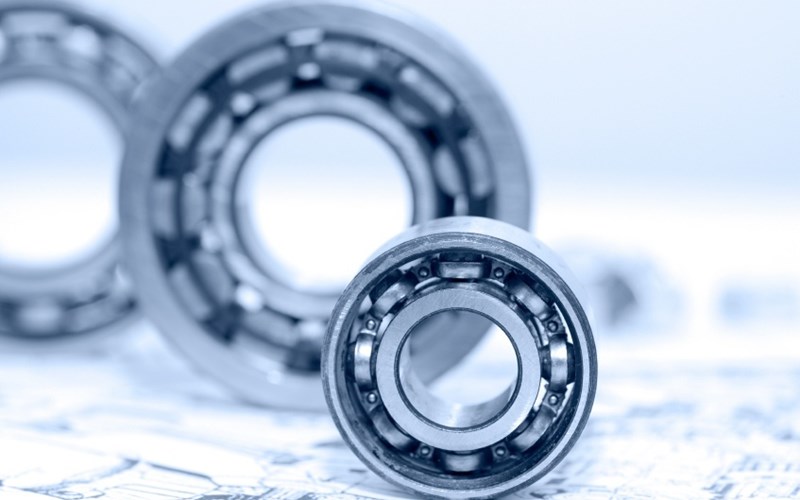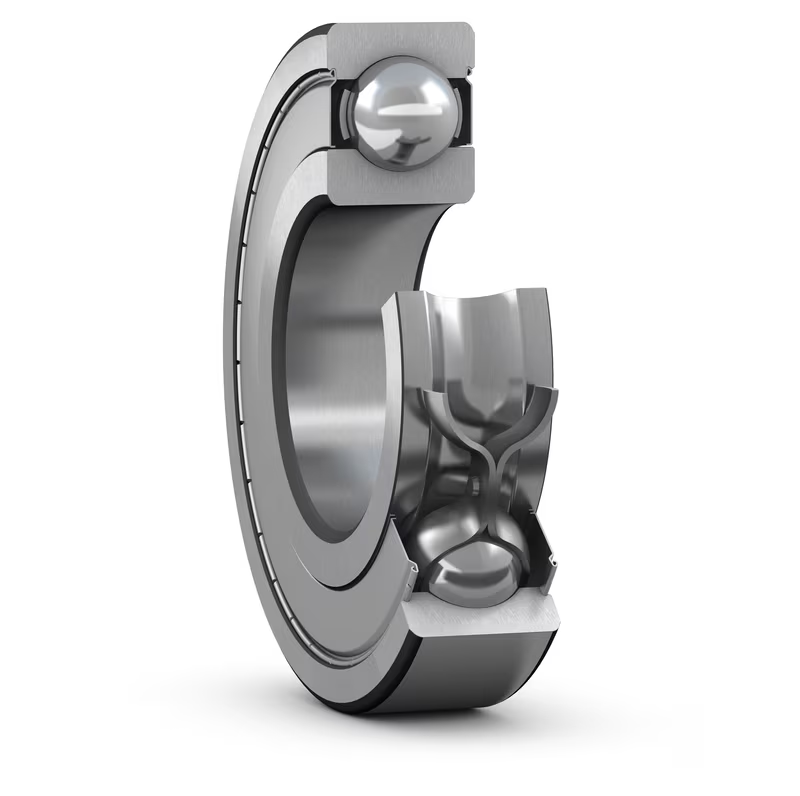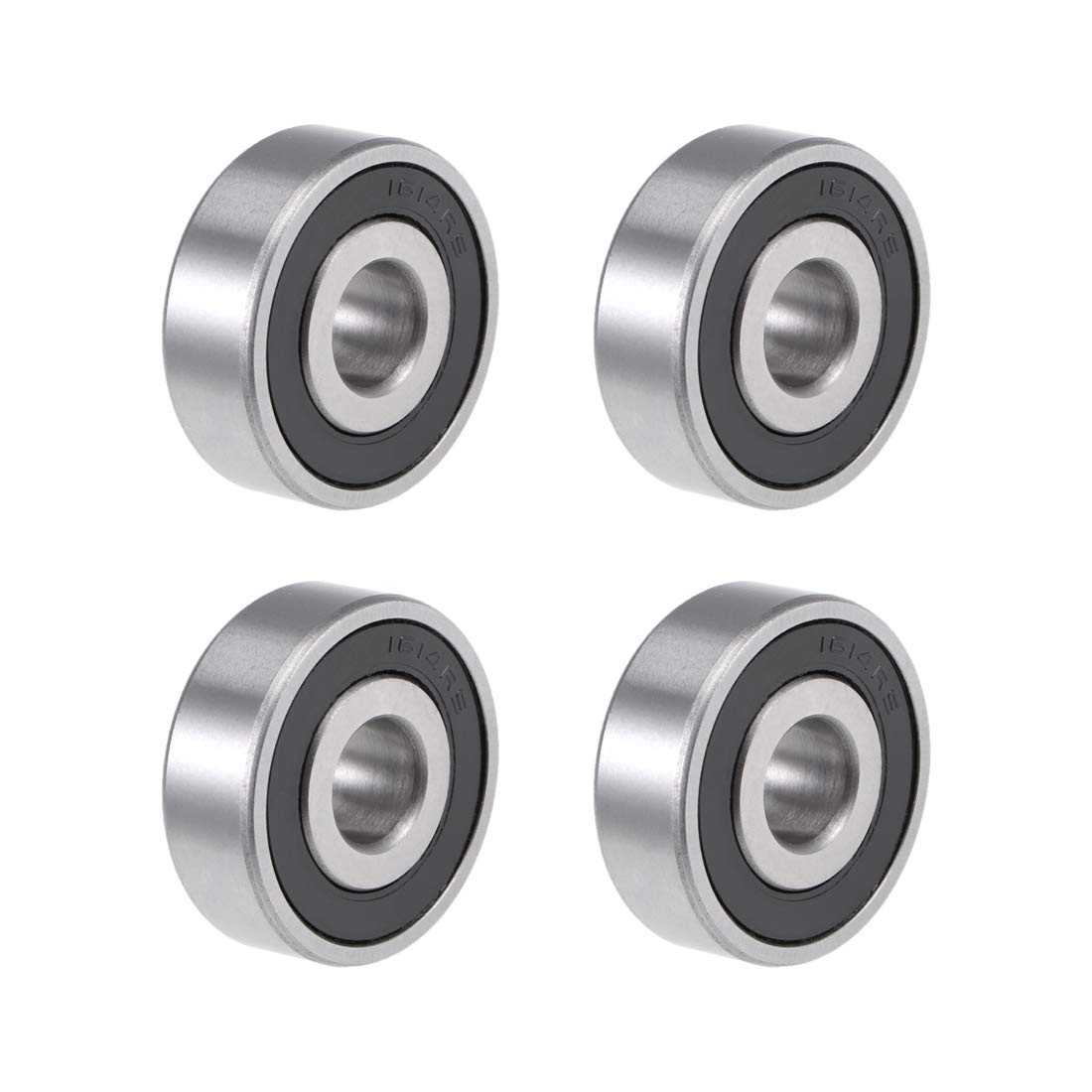Can you provide examples of scenarios where high-speed rotation benefits from deep groove ball bearings?
High-speed rotation often benefits from the use of deep groove ball bearings due to their specific design features and capabilities. Here are examples of scenarios where deep groove ball bearings are advantageous for high-speed rotation:
- Electric Motors:
- Machine Tools:
- Spindles:
- Turbomachinery:
- Automotive Wheels:
- High-Speed Fans and Blowers:
- Rotating Machinery in Aerospace:
Deep groove ball bearings are commonly used in electric motors that require high-speed rotation, such as those found in industrial machinery, automotive applications, and household appliances. The low friction and smooth operation of deep groove ball bearings allow electric motors to achieve efficient and reliable performance at high rotational speeds.
In machine tools, such as milling machines and lathes, high-speed rotation is often necessary to achieve precise cutting and shaping operations. Deep groove ball bearings enable smooth and precise rotational motion, ensuring the accuracy and efficiency of machining processes at high speeds.
Spindles in various applications, including woodworking machines, CNC routers, and grinding machines, require high-speed rotation for precision operations. Deep groove ball bearings with their ability to handle both radial and axial loads and their low friction characteristics provide the necessary support and stability for high-speed spindle rotation.
In turbomachinery applications such as turbochargers, centrifugal compressors, and gas turbines, high-speed rotation is essential for efficient energy conversion and power generation. Deep groove ball bearings, with their ability to accommodate high speeds and handle radial loads, are used to support the rotating components of such turbomachinery, ensuring reliable and continuous operation.
Deep groove ball bearings are commonly used in automotive wheels, where high-speed rotation is required. They support the radial and axial loads encountered during vehicle operation and allow smooth rotation at highway speeds. Deep groove ball bearings contribute to the overall performance, safety, and durability of automotive wheels.
In applications such as industrial fans, HVAC systems, and turbo blowers, high-speed rotation is necessary to generate the desired airflow or pressure. Deep groove ball bearings are employed to support the fan or blower rotor, enabling smooth and efficient rotation at elevated speeds while minimizing energy losses.
In aerospace applications, various rotating components, including jet engines, helicopter rotors, and satellite mechanisms, require high-speed rotation. Deep groove ball bearings, designed to withstand high speeds and provide reliable performance, are used in these aerospace systems to ensure smooth operation and support critical functions.
In summary, deep groove ball bearings are beneficial for high-speed rotation in a wide range of scenarios. They find application in electric motors, machine tools, spindles, turbomachinery, automotive wheels, high-speed fans and blowers, as well as rotating machinery in the aerospace industry. The low friction, smooth operation, and ability to handle radial and axial loads make deep groove ball bearings suitable for supporting high-speed rotation while ensuring performance, precision, and reliability.
What advantages do deep groove ball bearings offer compared to other types of bearings?
Deep groove ball bearings offer several advantages compared to other types of bearings, making them a popular choice for many applications. Here’s a detailed explanation of the advantages of deep groove ball bearings:
- Versatility:
- High-Speed Performance:
- Low Friction and Energy Efficiency:
- Quiet and Smooth Operation:
- Simple and Cost-Effective Installation:
- Wide Availability and Standardization:
Deep groove ball bearings are highly versatile and can accommodate both radial and axial loads. This versatility allows them to be used in a wide range of applications, eliminating the need for multiple specialized bearings. Their ability to handle different load types simplifies inventory management and reduces the complexity of bearing selection.
Deep groove ball bearings are designed for high-speed operation. The smooth, low-friction rolling contact between the steel balls and the raceway grooves enables them to rotate at high speeds with minimal heat generation. This makes them suitable for applications that require fast rotational speeds, such as electric motors, turbines, and machine tool spindles.
Deep groove ball bearings offer low-friction operation due to the rolling contact between the balls and the raceway grooves. This results in reduced energy losses due to friction, making the bearings more energy-efficient. The low-friction characteristics contribute to improved system efficiency, reduced power consumption, and longer operating life.
Deep groove ball bearings provide quiet and smooth operation. The rolling contact between the balls and the raceway grooves produces less noise and vibration compared to other types of bearings. This makes deep groove ball bearings suitable for applications that require low-noise operation, such as household appliances, office equipment, and precision machinery.
Deep groove ball bearings are relatively easy to install and require minimal additional components. They can be easily mounted on shafts or in housing units using standard bearing mounting methods. This simplicity and ease of installation contribute to cost savings in terms of labor and equipment required for installation.
Deep groove ball bearings are widely available and come in standardized sizes and configurations. This standardization simplifies the replacement process, as bearings with the same specifications can be easily sourced from various manufacturers. The wide availability and standardization of deep groove ball bearings contribute to shorter lead times, reduced downtime, and increased equipment availability.
In summary, deep groove ball bearings offer advantages such as versatility, high-speed performance, low friction, energy efficiency, quiet operation, simplicity of installation, and wide availability. These advantages make deep groove ball bearings a preferred choice in various applications across industries.
Can you provide insights into recent advancements in deep groove ball bearing technology?
Recent years have seen several advancements in deep groove ball bearing technology, driven by the constant pursuit of improved performance, durability, and efficiency. These advancements have been made possible through innovations in materials, manufacturing processes, and design techniques. Here are some insights into the recent advancements in deep groove ball bearing technology:
- Advanced Materials:
- Surface Engineering and Coatings:
- Improved Manufacturing Processes:
- Design Optimization:
- Sealing and Lubrication:
- Sensor Integration:
New materials and alloys have been developed to enhance the performance of deep groove ball bearings. For example, the use of high-performance steels and ceramics has gained popularity. These materials offer enhanced strength, corrosion resistance, and high-temperature capabilities, allowing deep groove ball bearings to operate in demanding environments with improved reliability and longevity.
Advancements in surface engineering and coatings have contributed to the performance of deep groove ball bearings. Innovative coating technologies such as diamond-like carbon (DLC) coatings and various nano-coatings can reduce friction, improve wear resistance, and enhance the overall efficiency of bearings. These coatings also provide protection against contaminants and extend the bearing’s operating life.
Manufacturing techniques have been refined to achieve higher precision and quality in deep groove ball bearings. Advanced machining processes, such as precision grinding and superfinishing, enable tighter tolerances and smoother surface finishes. This results in improved bearing performance, reduced noise levels, and enhanced operational efficiency.
Design optimization has played a significant role in recent advancements in deep groove ball bearing technology. Computer-aided design (CAD) and finite element analysis (FEA) tools have enabled engineers to optimize bearing geometries, load distribution, and cage designs. These advancements have led to improved load-carrying capacity, reduced friction, and enhanced overall performance of deep groove ball bearings.
Advancements in sealing and lubrication technologies have improved the reliability and maintenance requirements of deep groove ball bearings. Effective sealing mechanisms, such as contact seals or non-contact seals, provide better protection against contamination and moisture ingress, extending the bearing’s service life. Additionally, advancements in lubrication techniques, such as the use of advanced greases and solid lubricants, enhance the bearing’s efficiency and reduce friction.
Integration of sensors within deep groove ball bearings has emerged as a recent advancement. These sensors can monitor various parameters, such as temperature, vibration, and load, providing real-time data on bearing health and performance. This enables proactive maintenance and condition monitoring, allowing for timely interventions and preventing potential failures.
In summary, recent advancements in deep groove ball bearing technology have focused on the development of advanced materials, surface engineering and coatings, improved manufacturing processes, design optimization, sealing and lubrication techniques, as well as sensor integration. These advancements have resulted in deep groove ball bearings with enhanced performance, durability, and efficiency. As a result, industries across various sectors can benefit from these advancements, experiencing improved reliability, reduced maintenance, and optimized operational performance.
editor by CX 2024-04-19




